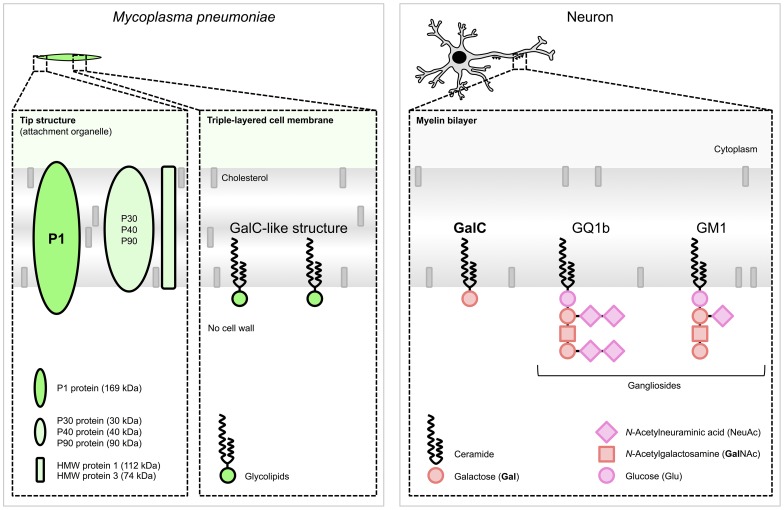Figure 2. Schematic structures responsible for molecular mimicry between M. pneumoniae and neuronal cells.
(Left) M. pneumoniae adhesion proteins and glycolipids. The immunogenic and major cytadherence proteins P1 and P30 are densely clustered at the tip structure. The P1 protein [31] and glycolipids, e.g., those forming a GalC-like structure [32], elicit cross-reactive antibodies induced by molecular mimicry. (Right) Host myelin glycolipids, to which antibodies were found in patients with M. pneumoniae encephalitis. Glycolipids are organized in specialized functional microdomains called “lipid rafts” and play a part in the maintenance of the cell membrane structure. Abbreviations: GalC, galactocerebroside C; GQ1b, ganglioside quadrosialo 1b; GM1, ganglioside monosialo 1 (the numbers stand for the order of migration on thin-layer chromatography, and the lower-case letters stand for variations within basic structures); HMW, high-molecular-weight. Structures of M. pneumoniae adhesion proteins and host glycolipids are adapted from [33] and [34], respectively.

